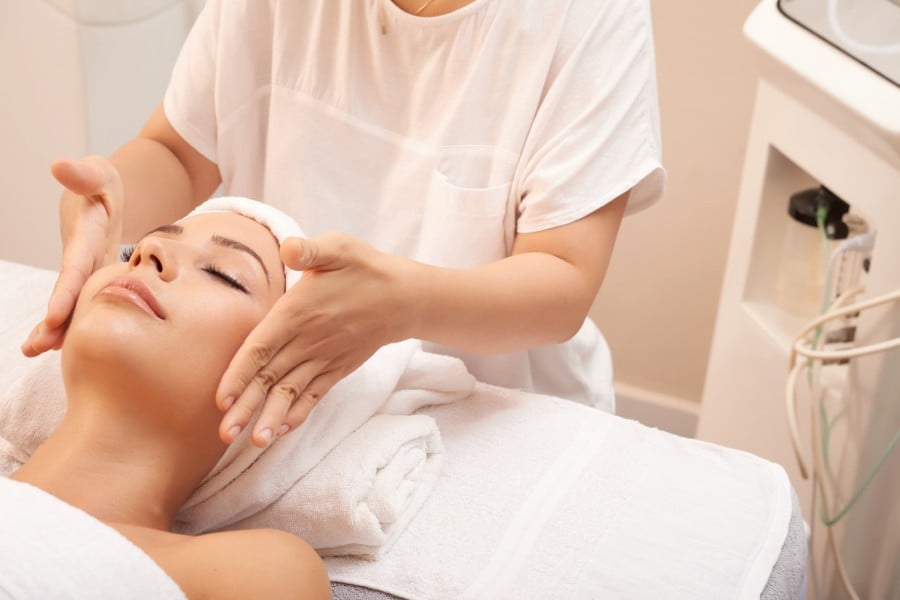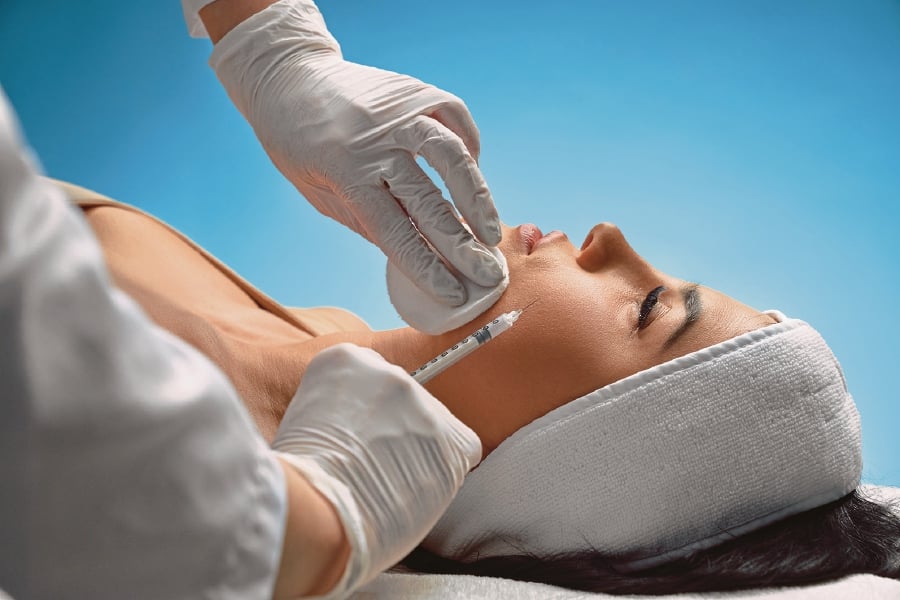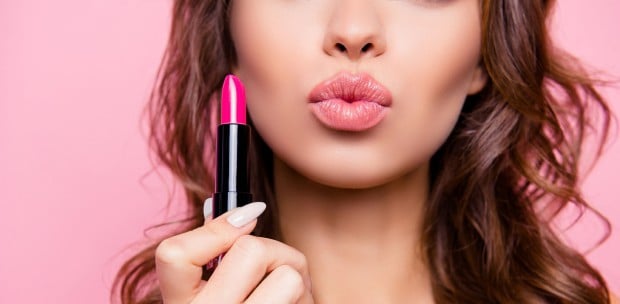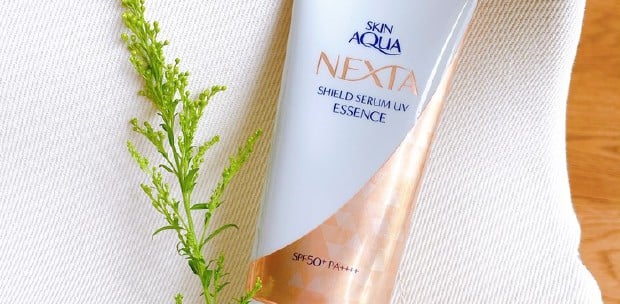THE quest for youthful looking skin is never-ending. Many women (and men too) are willing to try just about anything to achieve smooth, wrinkle-free skin.
But it's important to be educated about the risks of certain aesthetic procedures and to be aware of who is qualified to perform such treatments.
Aesthetic treatments can be classified into two categories — invasive and non-invasive.
Clique Clinic medical director Dr Ting Song Lim says invasive treatments are those that entail penetrating the body's tissues through incisions, punctures, or other methods that breach the skin or mucous membranes.
In aesthetic procedures, surgery and manipulation of soft tissue structures are often involved, he explains.
"These procedures require a recovery period, are generally more intrusive, carry higher risks and may result in noticeable or subtle scars."

On the other hand, non-invasive treatments avoid causing open wounds and bypass the skin's surface using technologies such as heat, light, radiofrequency, or waves.
Generally, these treatments require no visible recovery time and pose minimal to almost no risks when performed correctly, he says.
Examples include radiofrequency, lasers, low-level light therapy, electromagnetic pulses, pulsed radiofrequency, microfocused ultrasound and high-intensity focused ultrasound.
Dr Ting says each method uses a specific technology to address skin concerns without invasive procedures.
For instance, radiofrequency stimulates collagen production with controlled heat, lasers target skin imperfections and low-level light therapy aids tissue repair.
Microfocused ultrasound, meanwhile, tightens and lifts skin and high-intensity focused ultrasound precisely treats deeper tissues.
"These methods reflect the evolving landscape of medical interventions, meeting diverse needs while minimising the impact on patients' bodies."
Dr Ting adds that non-invasive treatments are designed to address a variety of skin concerns.
These treatments target skin tone unevenness, pigmentation, dark spots, white spots, red spots and broken capillaries among others.
"They also work to improve skin surface evenness, tackle concerns like acne scars, traumatic scars, enlarged pores, as well as fine lines and wrinkles." In addition, non-invasive interventions contribute to restoring skin firmness by addressing sagging skin, eye bags, droopy eyelids, jowling and nasolabial folds.
Generally, these treatments focus on enhancing overall skin radiance and luminosity. Dr Ting stresses that non-invasive treatments are undoubtedly safer for several reasons.
Firstly, they entail very low risks as they remove the need for general anaesthesia, minimising potential complications.
Also, these treatments avoid subjecting the body to excessive shock, contributing to a smoother recovery process.
"Non-invasive procedures can be advantageous in preventing the development of both visible and non-visible scars, as they do not involve incisions into the body's tissues," he says.
More importantly, non-invasive beauty treatments are often just as effective, if not more so than invasive ones, explains Dr Ting.
Unlike invasive procedures that focus on surface-level changes, non-invasive treatments get to the root of the ageing issue, delivering results that can be more lasting and impactful.

IN THE WRONG HANDS
IN recent times, there has been a surge in individuals without medical qualifications presenting themselves as practitioners, often misleadingly using the title "Dr" while performing invasive beauty treatments in non-medical settings. This issue poses significant safety concerns, says Clique Clinic medical director Dr Ting Song Lim.
"It is imperative for consumers to diligently verify the credentials of their service providers, ensuring they are legitimate medical doctors licensed by the Health Ministry."
This verification should extend to obtaining the necessary Letter of Credentialing and Privileging (LCP), specifically for aesthetic practices.
Dr Ting adds that to address this issue, it is crucial to emphasise that all medical aesthetic procedures should exclusively take place within a certified medical facility, such as an aesthetic clinic or medical centre rather than in establishments labelled as "Pusat Estetik" (aesthetic centre) or "Pusat Kecantikan" (beauty centre).
By adhering to these standards, we can uphold the integrity of the profession and prioritise the safety and wellbeing of consumers, he adds.
In August last year, a 29-year-old woman in Skudai, Johor died after undergoing a breast augmentation procedure by an unlicensed home-based beauty practitioner. According to reports, the victim had initially wanted to undergo treatment to firm up her facial skin, but was convinced by the beautician to have the breast procedure, too.
Similarly, in 2020, young model Coco Siew Zhi Shing, 23, died following a liposuction procedure on her arms at a beauty salon in Cheras. The deceased developed complications which became fatal after being injected with anaesthesia.





